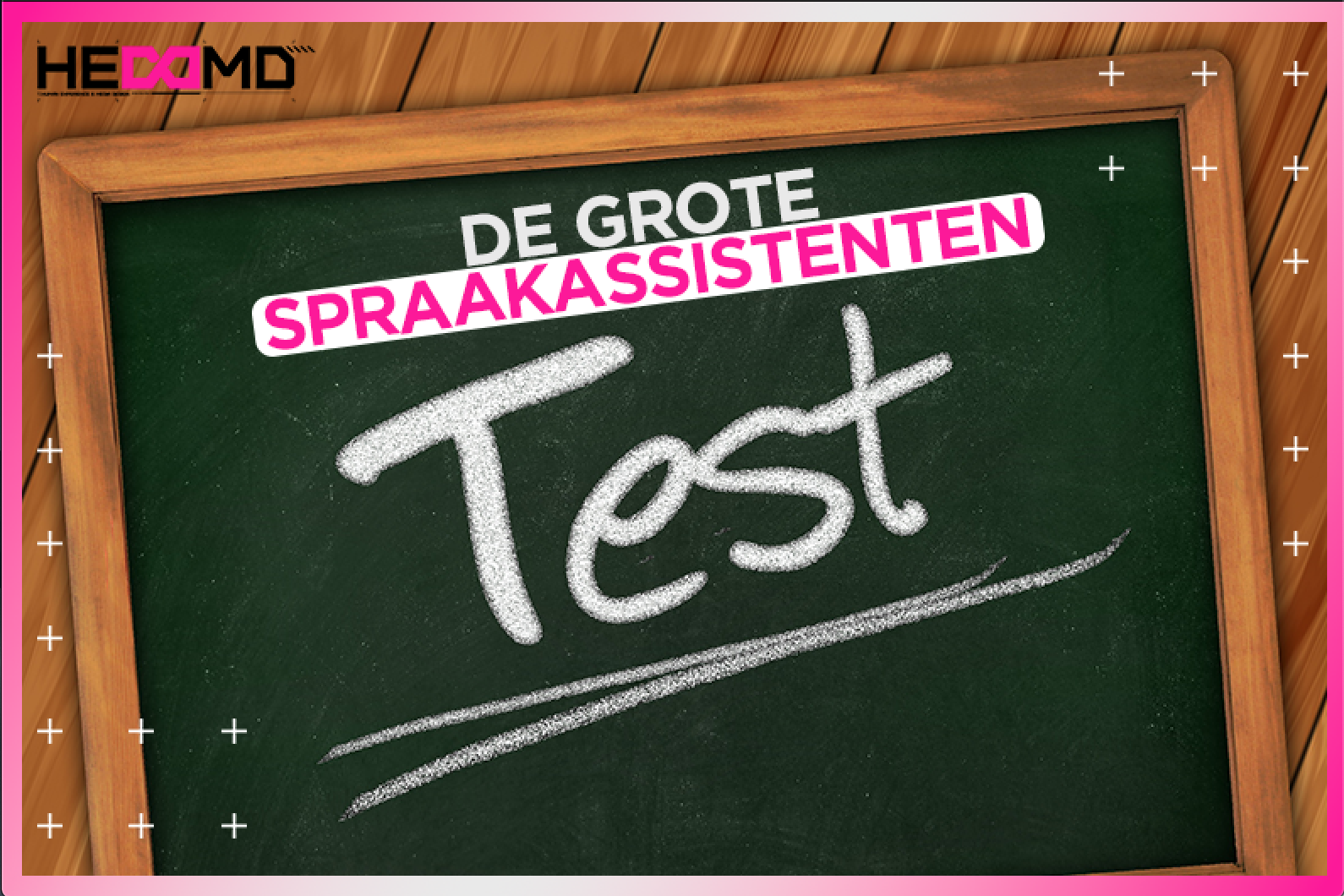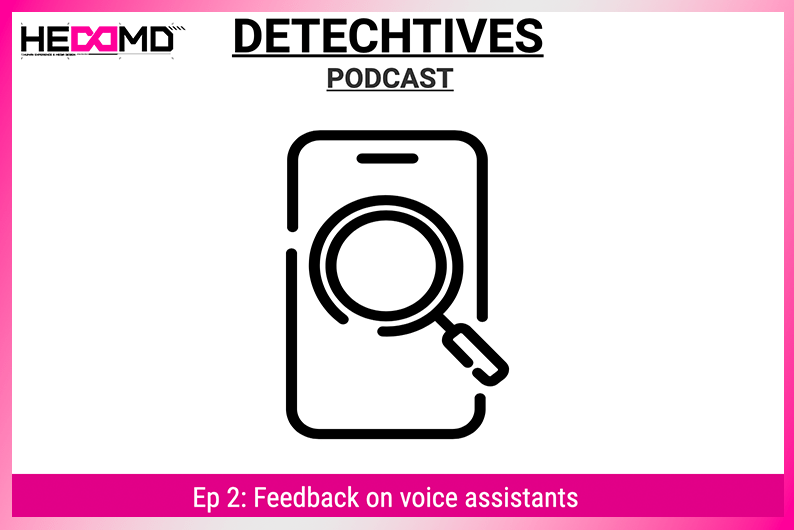Up until a few years ago, I did not care much about Conversational Interfaces all that much. Chatbots I would avoid altogether. To me Siri was laughable. Its mistakes made me, and my friends laugh when it would fail to understand my accents and Alexa a finicky device no serious person would use for a real task. I am not sure where this attitude was coming from, but it had a lot to do with my bad experience with virtual assistants who could never help with anything, yet always asked “is there anything else I can help you with today?”
Today, I must admit, advances in speech and language technology are gaining ground fast. In particular machine’s understanding of natural languages is becoming increasingly reliable, and many companies are planning to utilize speech and language interfaces. So, as using voice is going to radically change the way we do things, speech and language interfaces need a closer look now; will they change the way we interact with machines, and what does this mean for the user?
First things first, let’s get to the basics; what is a Conversational Interface? Well, the term is self-explanatory and includes any communication with machines in which we use natural language, like in a real conversation. The interaction can be through text (e.g. chatbots) or speech (e.g., voice assistants) but the underlying technology is the same. The fact that they are easy to use and can serve as a 24/7 virtual assistant has made them popular across the globe for a wide range of services. From simple Q&A type of conversation to flight reservation and online shopping assistance to news aggregation they are being used by an increasing rate. However, there is a catch; users expect to be served as effectively and reliably as they were with the human-based systems before, and they are unforgiving once the system fails to understand them, keep them engaged or show human like empathy. So, a truly satisfactory user experience is something yet to be delivered by industry, but more importantly, there is the question of putting this technology to the most impactful use.
 Much like it is with any other cutting-edge technology, it would take a lot of effort before Conversational Interfaces find the right purposes. Oftentimes, those fields that can make quick money, by selling pure novelty, even in less meaningful ways, are the ones that introduce technology to the public. The same has happened here for the likes of Alexa and Google Home. They have both developed into very popular voice assistants which can answer short questions, read the news for you, set reminders, and check your calendar and email. They can also control your home devices, when you ask them “increase the temperature” or “turn off the light” and even do a series of actions as customizable routines all with one command. Now Alexa apparently has a real advantage over Google Home when it comes to online shopping and it does its best to help you shop from Amazon. But it is only Google that can understand Dutch, so there you go if you were still undecided between the two.
Much like it is with any other cutting-edge technology, it would take a lot of effort before Conversational Interfaces find the right purposes. Oftentimes, those fields that can make quick money, by selling pure novelty, even in less meaningful ways, are the ones that introduce technology to the public. The same has happened here for the likes of Alexa and Google Home. They have both developed into very popular voice assistants which can answer short questions, read the news for you, set reminders, and check your calendar and email. They can also control your home devices, when you ask them “increase the temperature” or “turn off the light” and even do a series of actions as customizable routines all with one command. Now Alexa apparently has a real advantage over Google Home when it comes to online shopping and it does its best to help you shop from Amazon. But it is only Google that can understand Dutch, so there you go if you were still undecided between the two.
Market research shows the number of voice assistants owned by US households grew exponentially and reached 25 million by 2020. A survey from 2018, only 5 months after Google Home added Dutch to its list of supported languages showed that 5% of Dutch household had already owned the device. These numbers are remarkable since these devices do not seem to have a unique selling point, especially since most of the applications were already available in another mode of interaction, some even with voice assistants of the mobile phones. So, the fact that such advanced technology is put in use for such a trivial service is underwhelming for me. To be honest we have been doing perfectly fine before, especially without all the eavesdropping and spying concerns. While this is not the first time, we are using high tech to make our life slightly more efficient and enjoy something cool or convenient, but it is perhaps one of the most suitable technologies for a more purposeful use. So, I keep wondering isn’t it possible- to harness this technology in more impactful, more inclusive, more meaningful ways, beyond, or at least besides using it for arranging our appointments and playing our favorite playlist?
Seeking something “good,” and “meaningful,” is what has taken me on a long journey in my career, from Computer Engineering to Artificial Intelligence and Cognitive Science and Social Innovation, and now Human Experience. All along I have been in search of the human side of things, and particularly, looking for ways to improve the life of the disempowered and marginalized and excluded. And for this mission, as part of my research within the framework of “AI for Social Good,” I want to investigate ways that speech and language technology can be used towards solving societal problems. In the coming year I want to look further into such opportunities and investigate if and how existing voice technology can help where there is no other service or solution.
A huge advantage of conversational interfaces for solving societal problems, over other technologies, is how they provide easy and cheap access to centralized information, which makes them both scalable and affordable. Also being available 24/7 and automatically responding to enquiries makes them even more effective and empowering. Take a crisis for example where fast widespread reaction is essential and think about ways a Chatbot can help. Imagine how a specialized voice assistant can help people in a remote place, by providing information on basic hygiene, proper use of certain medicine or food supplements they might have received from aid agencies. Try to picture how a refugee running from a war-torn country can use a voice assistant to reach safety, or how a well-trained Chatbot, can give one-on-one tutoring to millions of children that are out of school in refugee camps with no prospect of getting out anytime soon.
Domains that have potential for using Conversational Interfaces as an innovative solution are countless, both locally and internationally. From inclusion and social relatedness to health and wellbeing and from education to community engagement, to citizen journalism and activism and public legal assistance, there are plenty of opportunities to make a novel use of the technology, and there are in fact a few successful existing solutions too. Now that we have both the right purpose and the right means, it is time to ask both Alexa and Echo:
“Hey guys, which one of you knows how to do it?”
Interesting first post from Shakila Shayan, receive an update email when she’s posting her next by emailing hemdmissies@hu.nl or scroll down to the bottom to add your email to our mailing list.
Photo by BENCE BOROS on Unsplash




